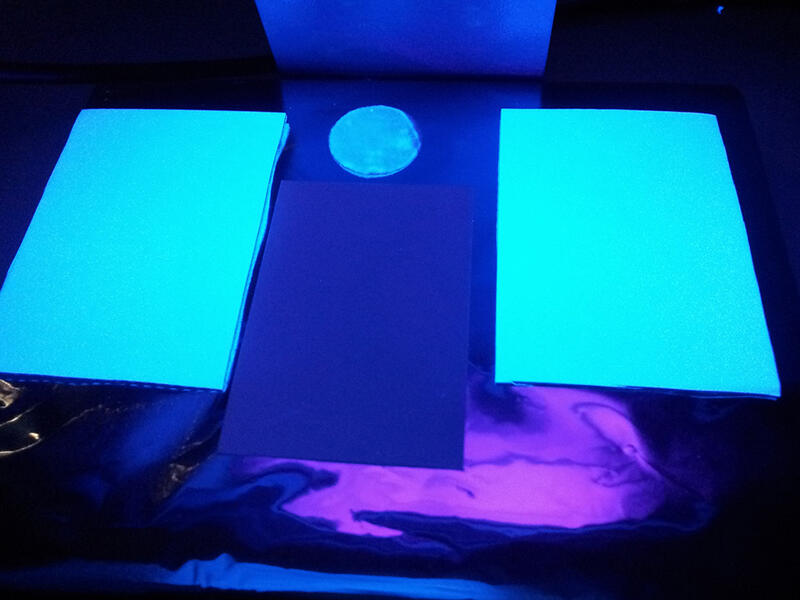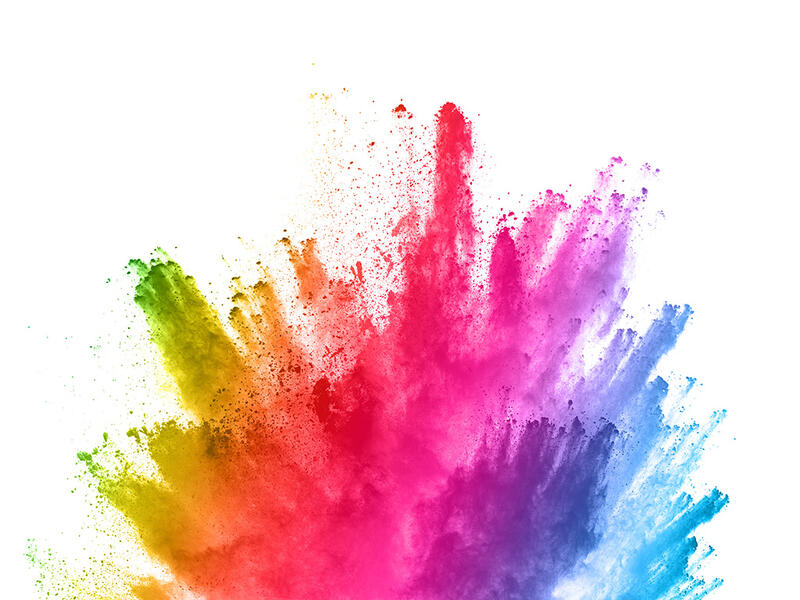
Evaluating the fastness of colour and fluorescent whitening agents
Migration of dyes and fluorescent whitening agents, food contact
- Evaluate dye migration according to NF EN 646
- Evaluate fluorescent whitening agent migration according to NF EN 648 or using liquid chromatography
- Check the food contact suitability of paper/board materials according to regulatory reference documents.
General informations
The Chemical Analysis Laboratory has been performing migration tests on dyes according to NF EN 646 and on fluorescent whitening agents according to NF EN 648 under COFRAC accreditation no. 1-0552 (scope of accreditation available on www.cofrac.fr) since 2004.The laboratory also has the capability to perform quantitative measurements on fluorescent whitening agents using liquid chromatography coupled with fluorescence detection.
These methods can be applied to all types of paper and board intended to come into contact with foodstuffs.
Our teams are also actively involved in drawing up new methods and in monitoring standards as members of various standardisation committees.
Technical Data and Achievements
Evaluating the fastness of dyes and fluorescent whitening agents is a criterion for food contact compliance of papers and boards according to the various regulatory reference documents and certifications (see Test Sheet “MCDA N°4 of the DGCCRF - France” (January 2019), recommendations of the BfR, ECOLABEL, etc.).
For further information please read the Test Sheets “Recommendations XXXVI of the BfR” and “Analyses compliant with the French Information Note from DGCCRF – Fiche MCDA N°4”, or feel free to contact us.
Colour fastness according to NF EN 646
A sample is placed in contact with glass fibres saturated with test liquids (water, 3% acetic acid, alkaline saline solution and vegetable oil). The contact time and temperature are defined depending on the foreseeable future use of the material (short, intermediate or long contact; hot contact). The migration is evaluated in comparison with a grey scale.
Fastness of materials bleached with fluorescent whitening agents according to NF EN 648
A sample is placed in contact with glass fibres saturated with test liquids (water, 3% acetic acid, alkaline saline solution and vegetable oil). The contact time and temperature are defined depending on how the material is expected to be used (short, intermediate or long contact, hot contact).
The migration is evaluated in comparison with control papers bleached with fluorescent whitening agents.
Quantification of fluorescent whitening agent migration using liquid chromatography or fluorescence detection
For a quantitative evaluation of fluorescent whitening agents, the Chemical Analyses Laboratory is capable of quantifying agent transfer following migration according to NF EN 648 using liquid chromatography and fluorimetric detection, considering four types of agent (disulphonated stilbenes, tetrasulphonates, hexasulphonates and distyryldiphenyls). This method can be used to calculate the Theoretical Exposure Level, or TEL (French Council for Public Health (CSHPF) appraisal dated 13/10/1998).
The CTP’s expertise
Our laboratory has held COFRAC accreditation no.1-0552 (scope of accreditation available on
www.cofrac.fr) according to ISO 17025 for these tests since 2004, and participates regularly in interlaboratory tests.
Our teams have the experience and expertise required to assess dye and fluorescent whitening agent migration in your samples.
 |
 |
|
| Glass fibres and control paper Fluorescent whitening agent migration NF EN 648 |